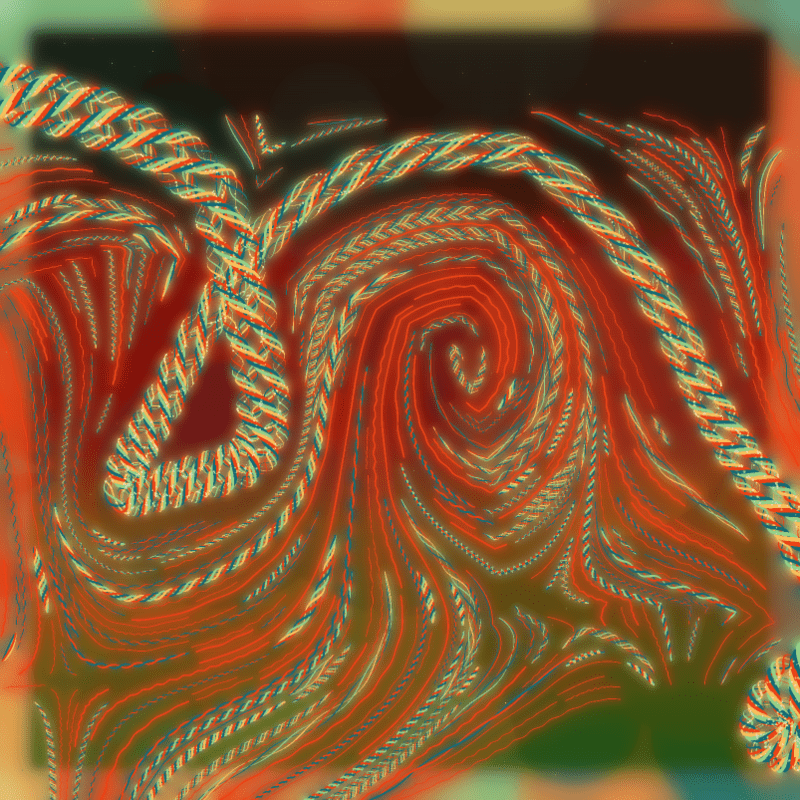A New Alchemy
An artist reflects on Bitcoin's status as digital gold and a substrate for her work.

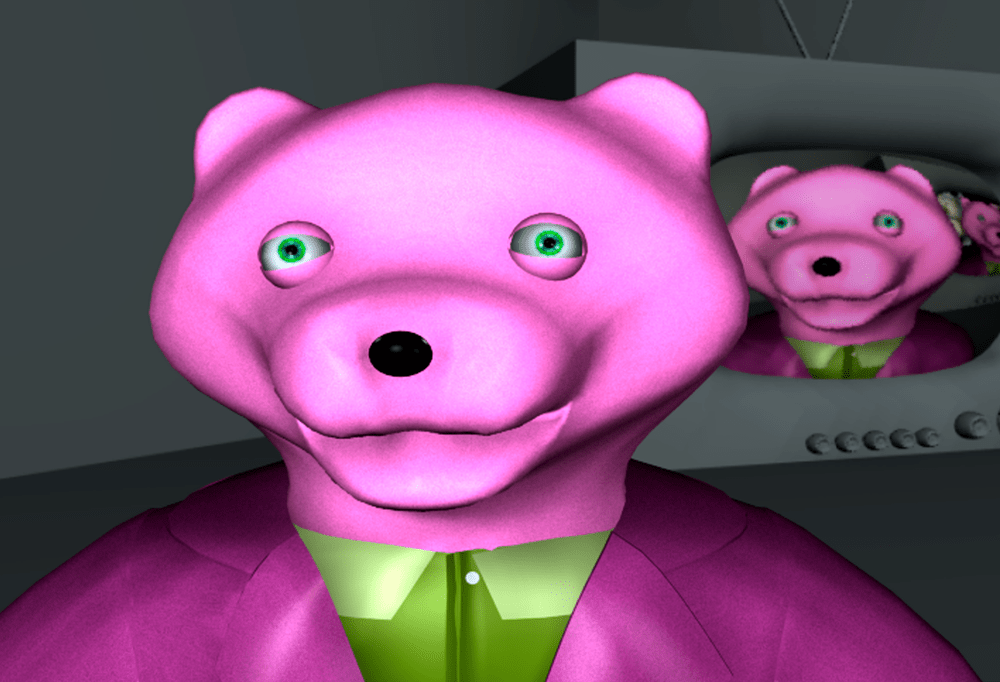
An artist reflects on Bitcoin's status as digital gold and a substrate for her work.

Revisiting the earliest blockchain art projects helps explain the connection between contemporaneous developments in finance, aesthetics, and technology.
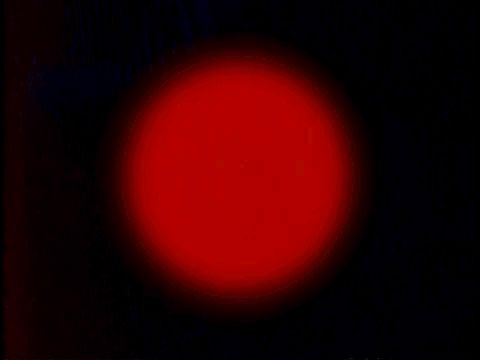
What can a pair of artworks made using clocks teach artists working with blockchains today?
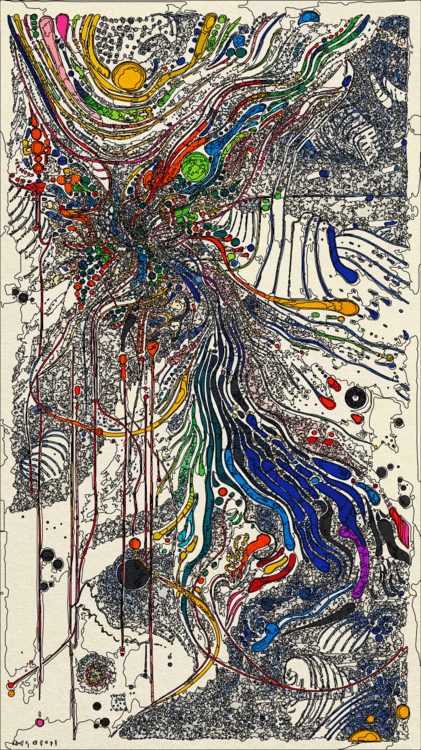
Held concurrently with Art Basel, the Digital Art Mile fair provoked conversations about the art world’s anxiety toward new media.

Messages and ASCII art inscribed on the Bitcoin blockchain highlight the human impulse to leave a lasting mark—and to adapt technology for creative purposes.
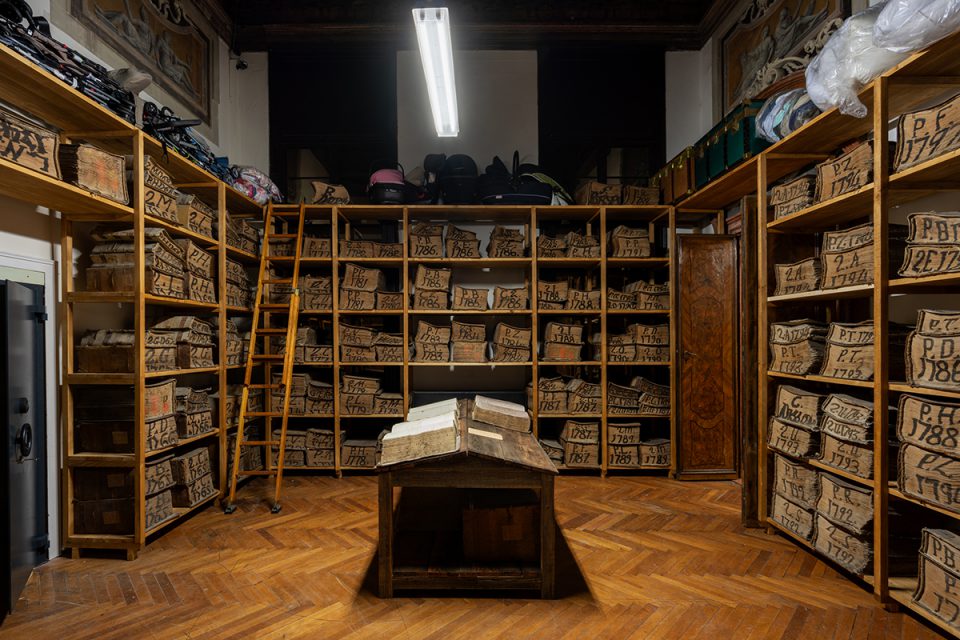
Fashion signals social affiliation at the Venice Biennale preview week for curators and NFT collectors alike, but Christoph Büchel’s project at Fondazione Prada dresses everyone down.

When public speaking becomes art, the digital and physical apparatus of the performance are made visible.
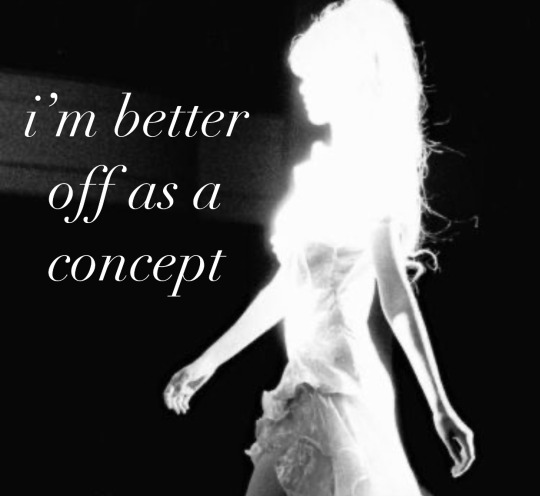
The history of digital performance shows how the obligation to maintain a personal brand online can offer space for experimentation.
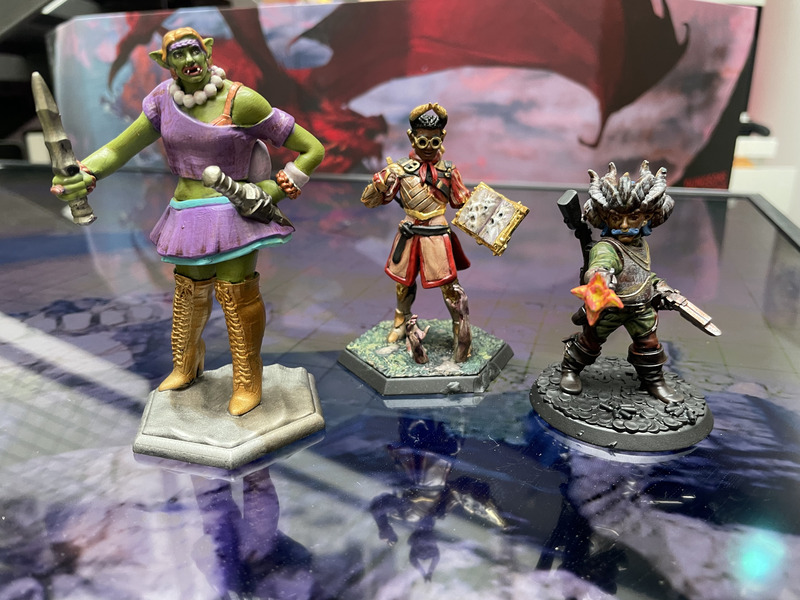
The movement to queer and decolonize fantasy roleplaying games has found inspiration in familiar methods of vernacular game design.
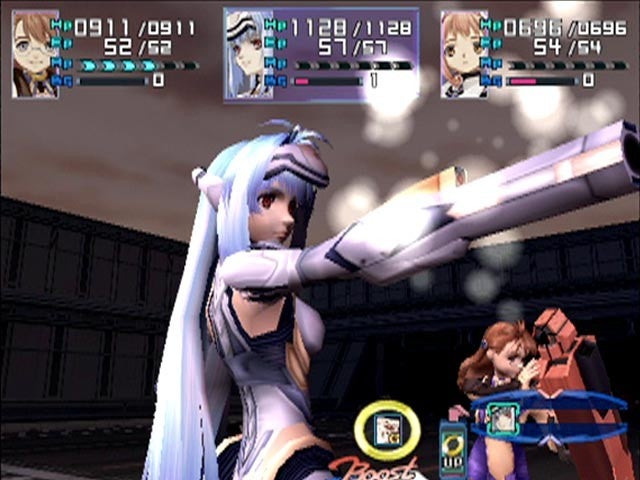
Mitchell F. Chan interviews artists to understand how games have influenced their work.
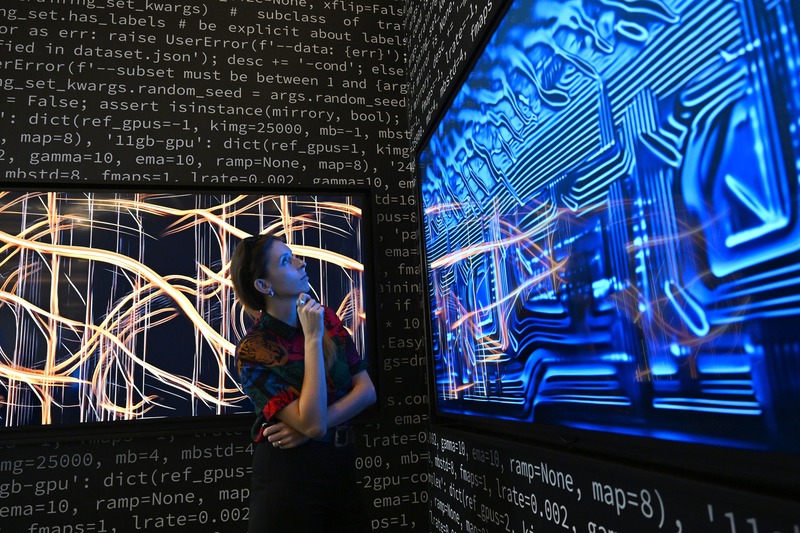
The latest edition of Art Dubai Digital looks more like a regular art fair than its predecessors, but still has subversive and experimental work.
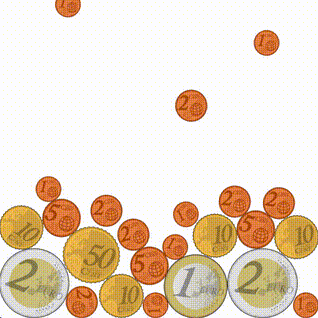
What exactly is a game? For Sarah Friend, leaving this question unanswered may yield more insights than a clear set of criteria
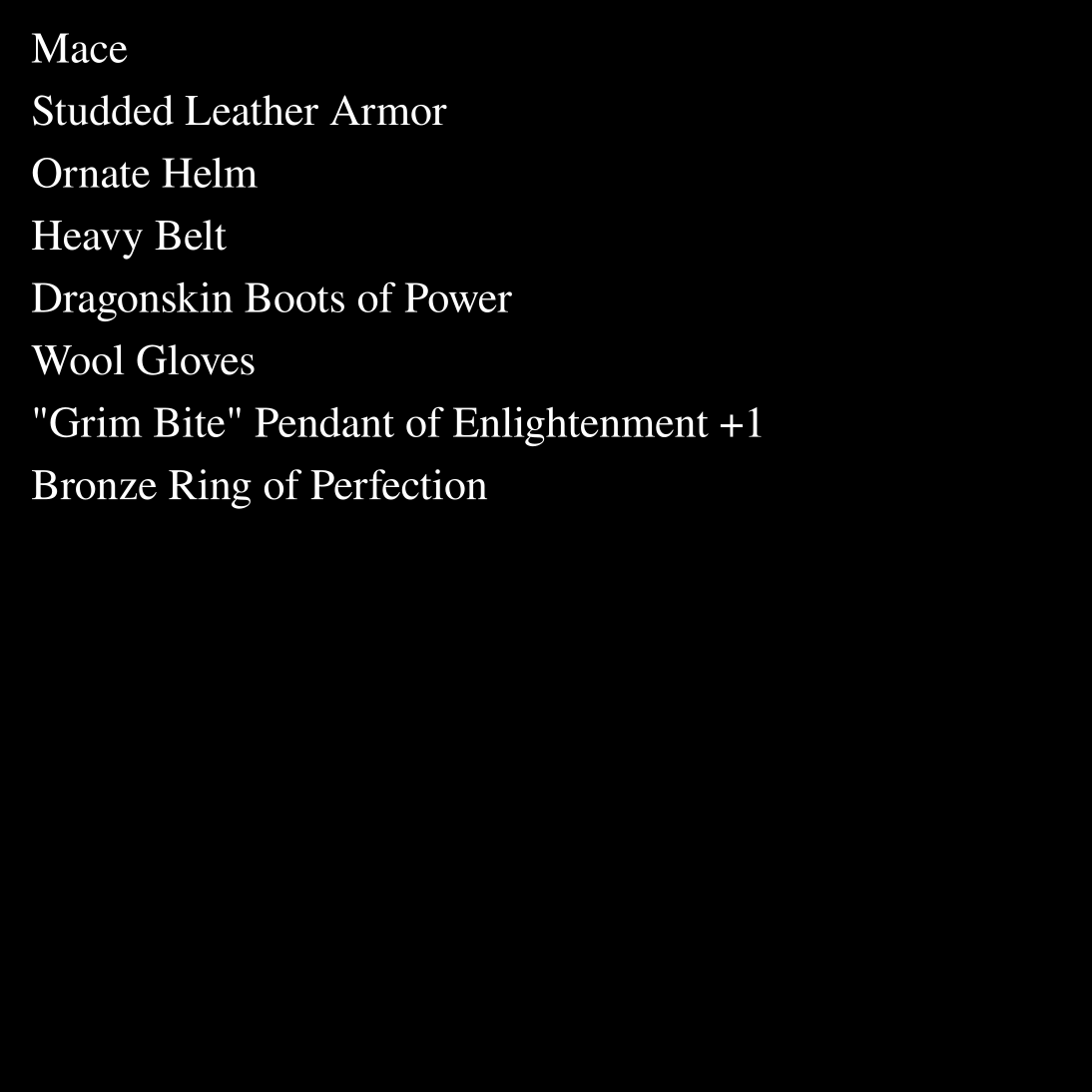
More and more, video games look like capitalism simulators and digital financial products look like games. Can art offer an alternative?
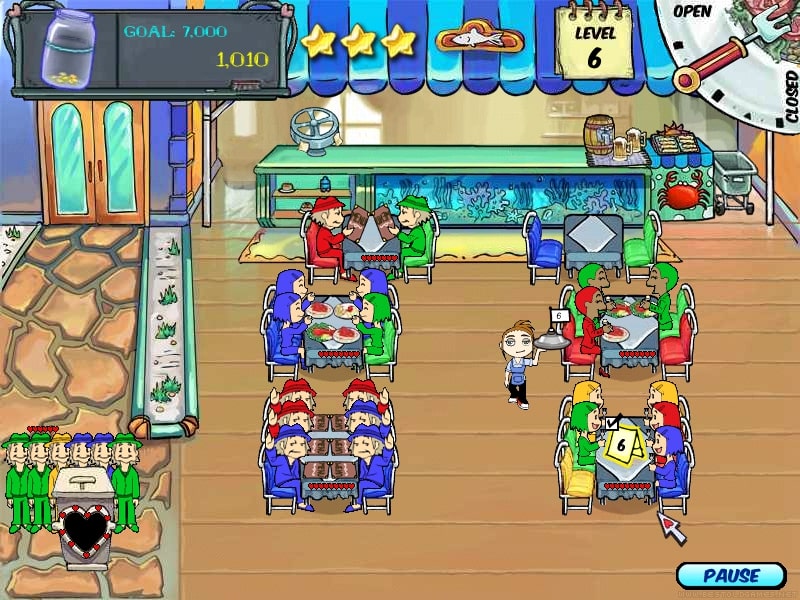
In 2013, Eric Zimmerman predicted that the systemic logic of games would transform contemporary society. He was right—even if the effects were more nefarious than he’d imagined.
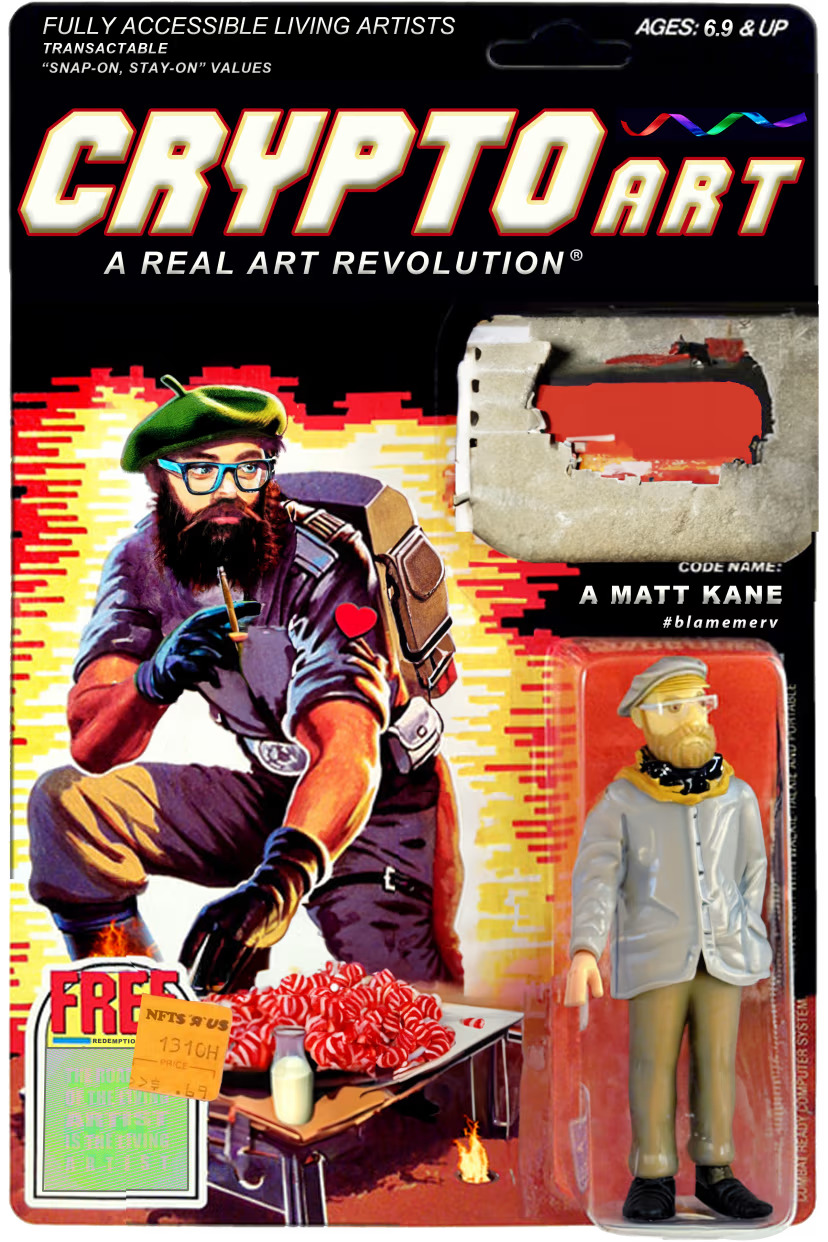
In 2023 the NFT space moved toward assimilation into the art world. But some projects highlight the NFT market’s special properties, suggesting alternative directions for development.
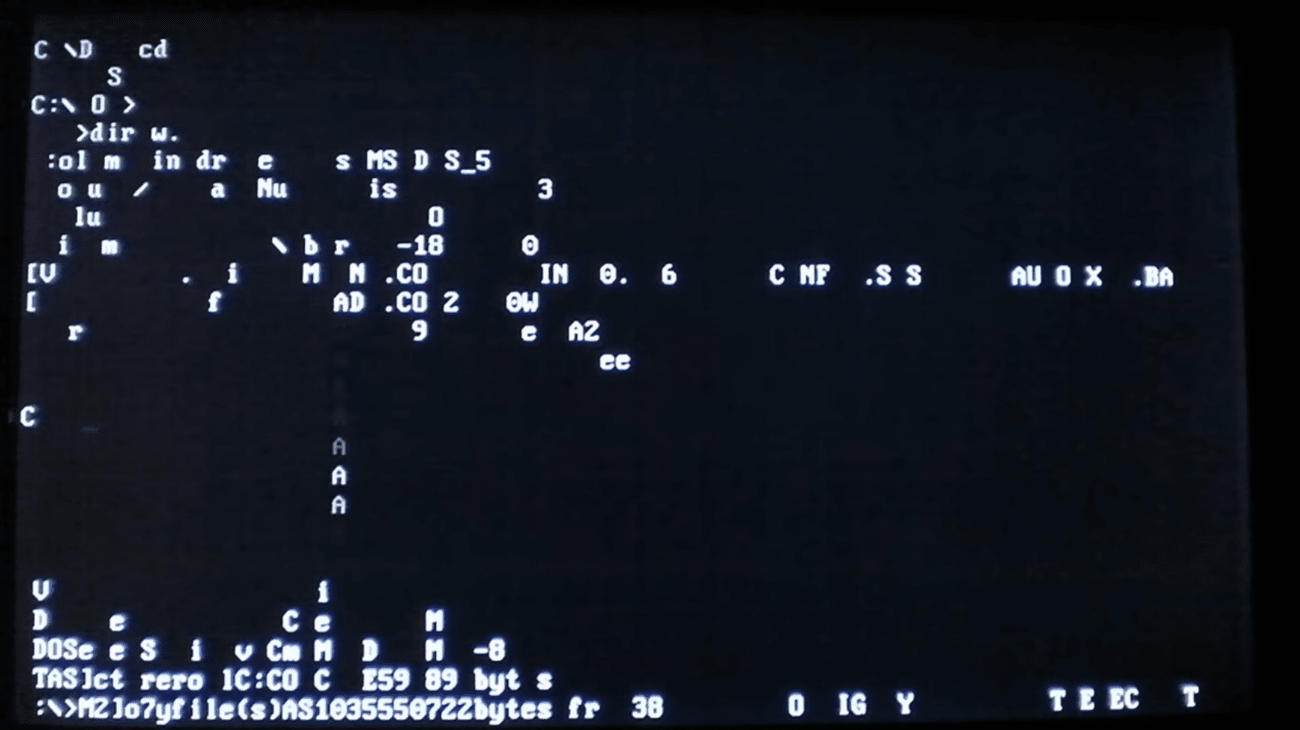
Legacy Russell’s feminist theory of the glitch yields insights into how social and technological systems of control can be disrupted by the art and lives of queer and trans people of color.
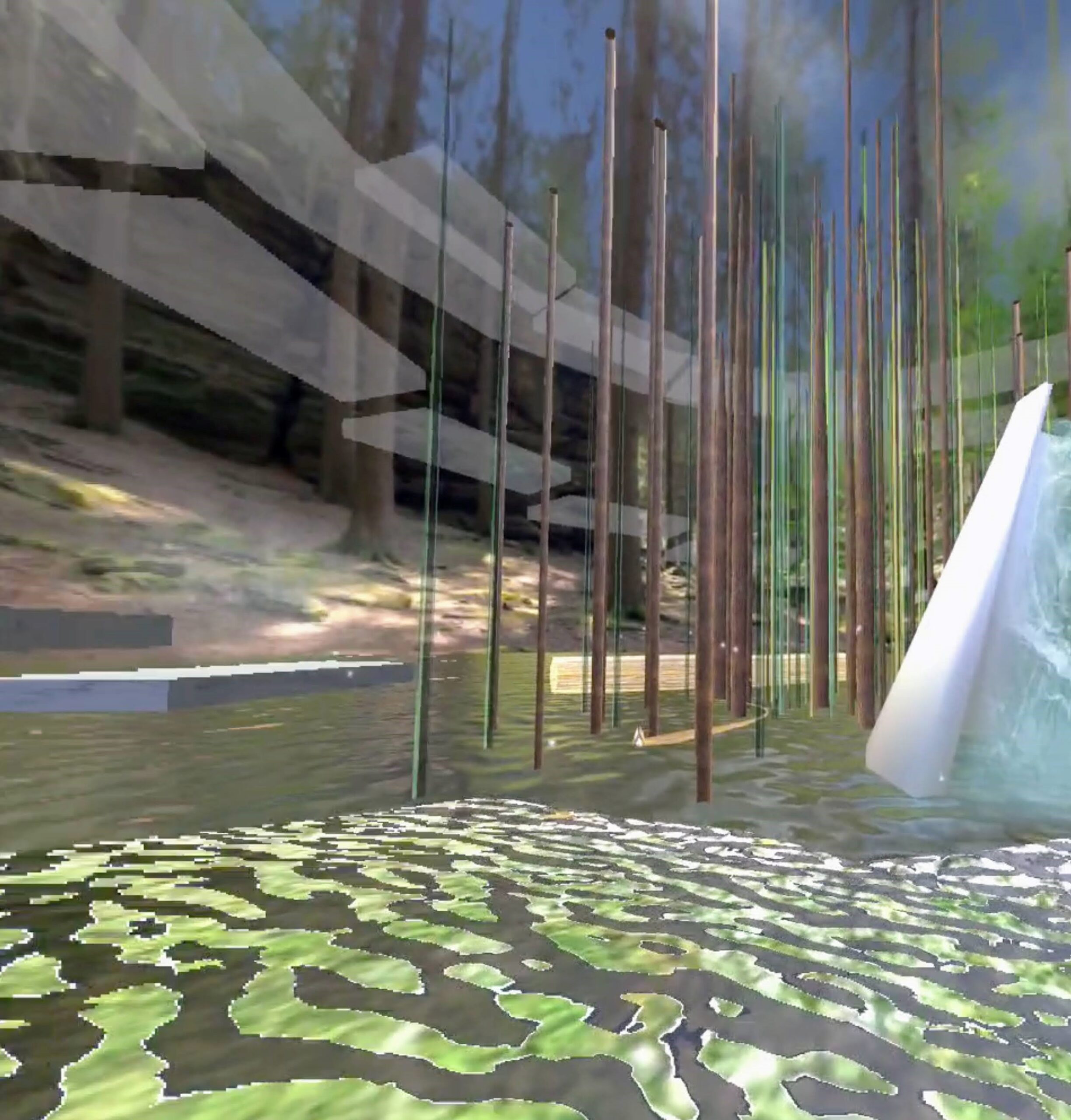
The prototypes of the CripTech Metaverse Lab suggest that virtual worlds can appeal to users by offering multiple ways of being online.

The hacker folk art of esoteric programming languages yields insights into glitch as a practice that hijacks existing algorithms to emphasize plurality and freedom.
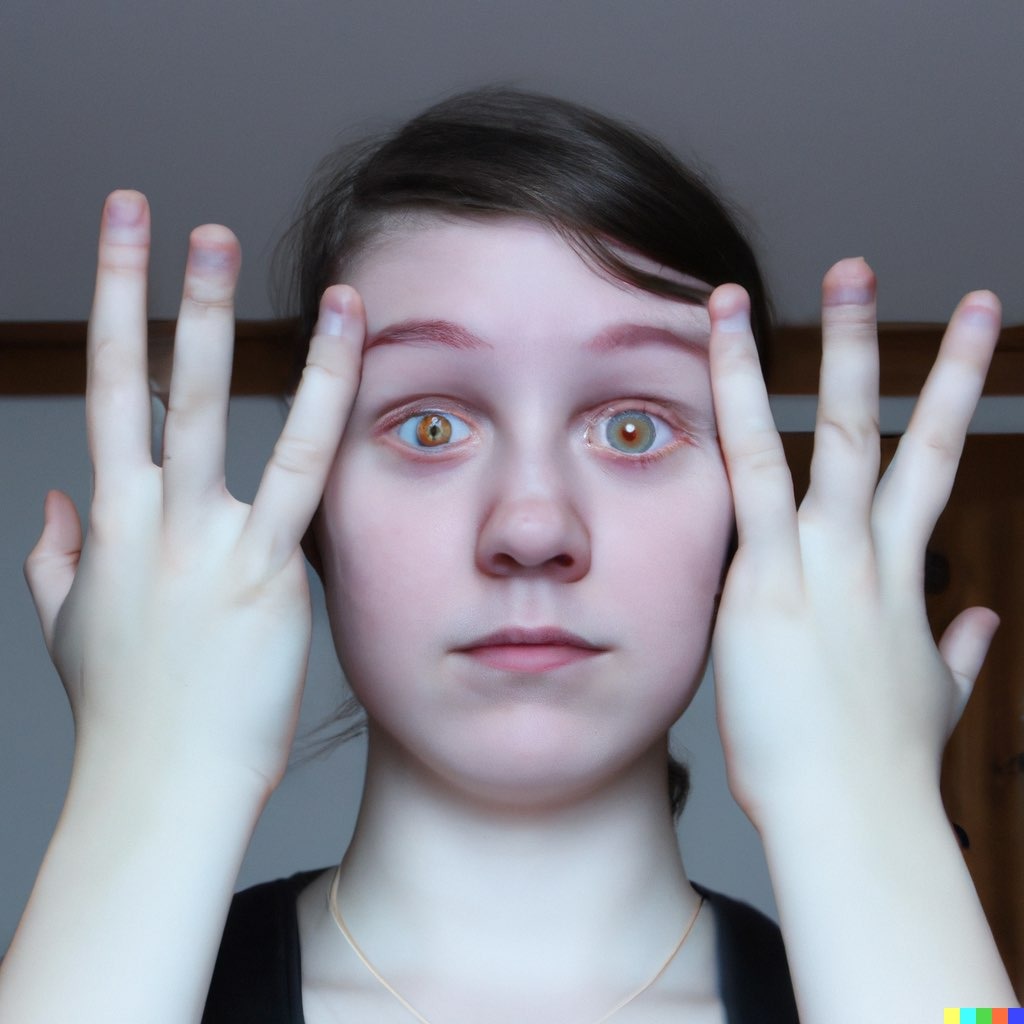
Prompt-based image generators seem unhackable. But a committed glitch artist can still instigate interventions.
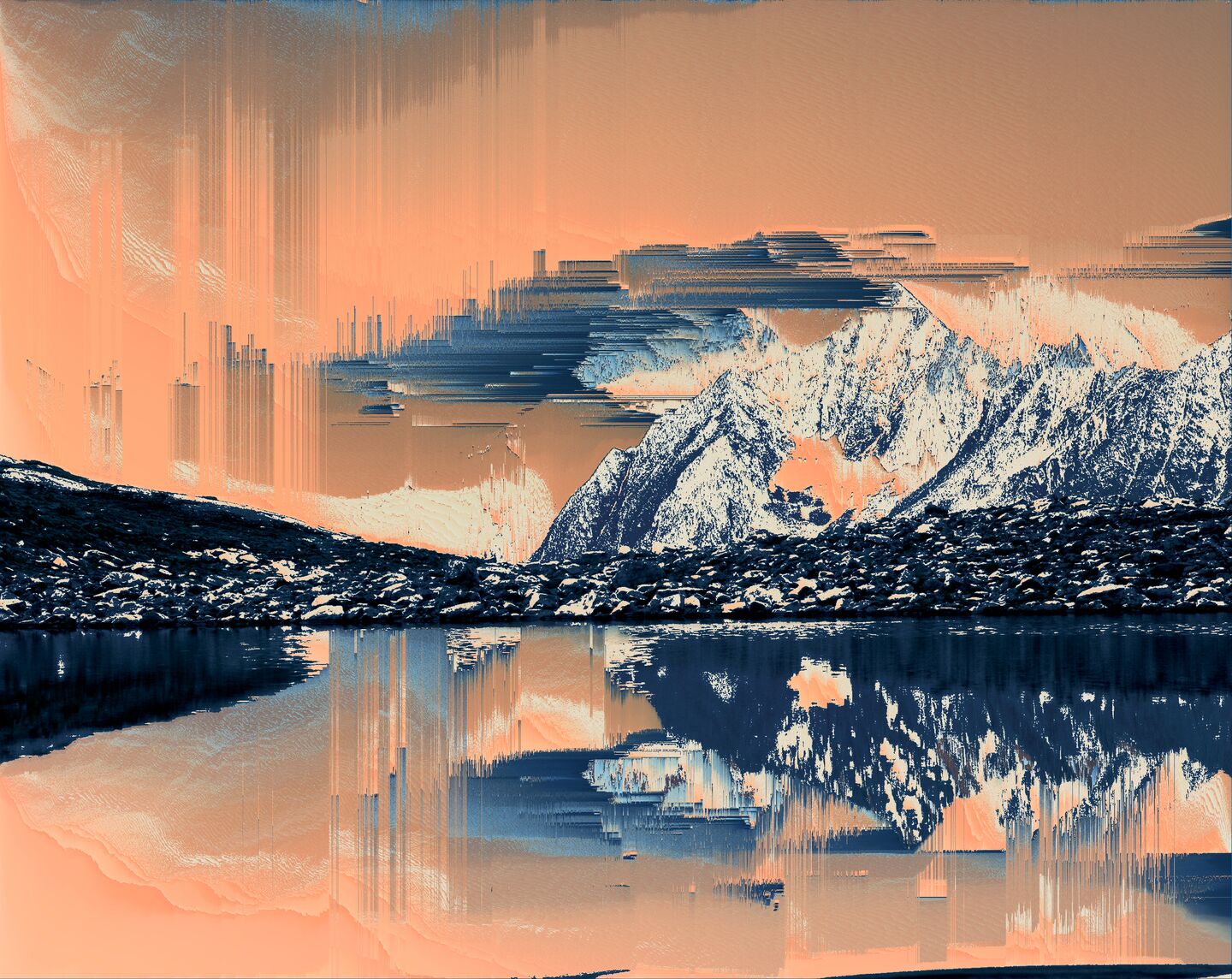
Four artists share the tools and approaches they have developed for working with glitch.
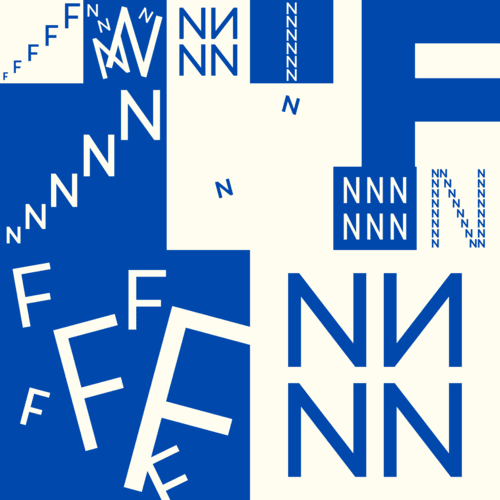
How can the generative art community foster innovation and creativity, and a better ecosystem?
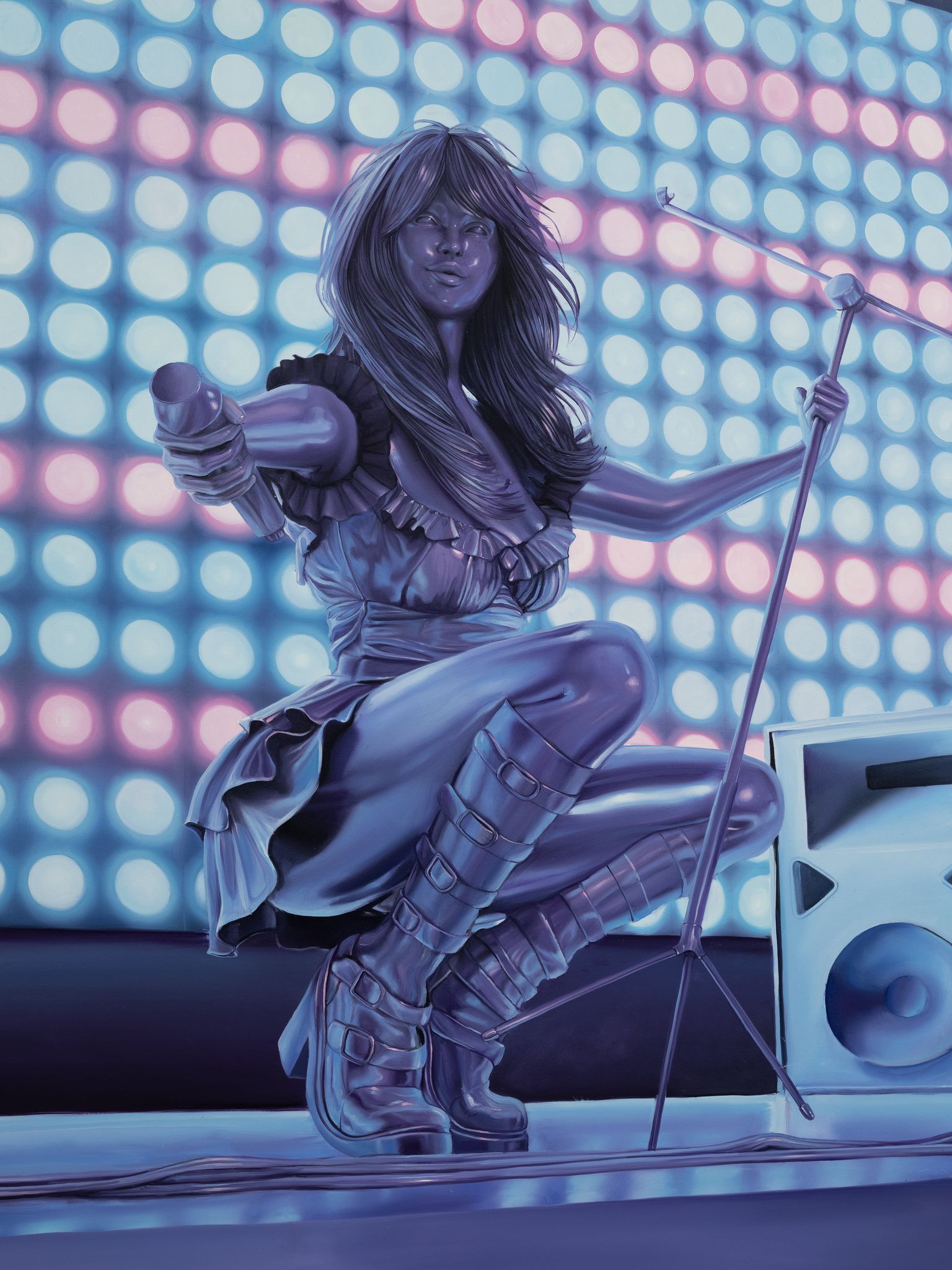
Increasingly, painters are using digital tools and computer-generated images to capture the tone and texture of reality.

Images have always tempted people to produce more of them. Generative AI ushers in the ultimate freedom of the image from human agency.

Is prompt engineering with generative AI a valid artistic practice? Mark Amerika’s Artificial Creative Intelligence debates critic Kevin Buist.

Critiques of large language models like ChatGPT rely on a logocentric metaphysics of presence—a worldview already debunked by poststructuralist theories of language.

Science fiction has been anticipating (and imagining) the death of the author for quite some time.
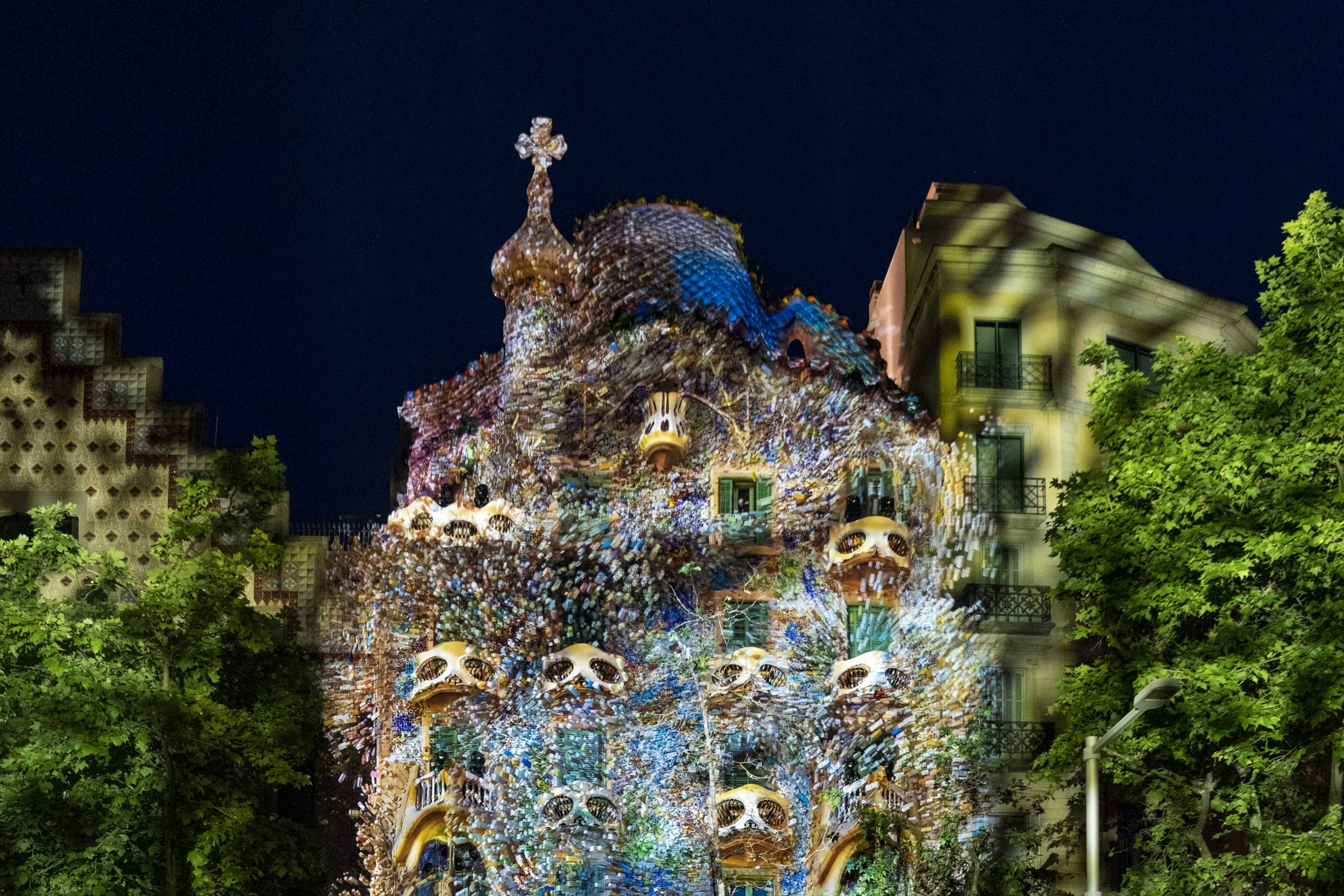
Unobstrusive, ephemeral, embedded in rhythms of everyday life—digital art is finding felicitous ways to migrate from personal screens to public space that bypass the museum.
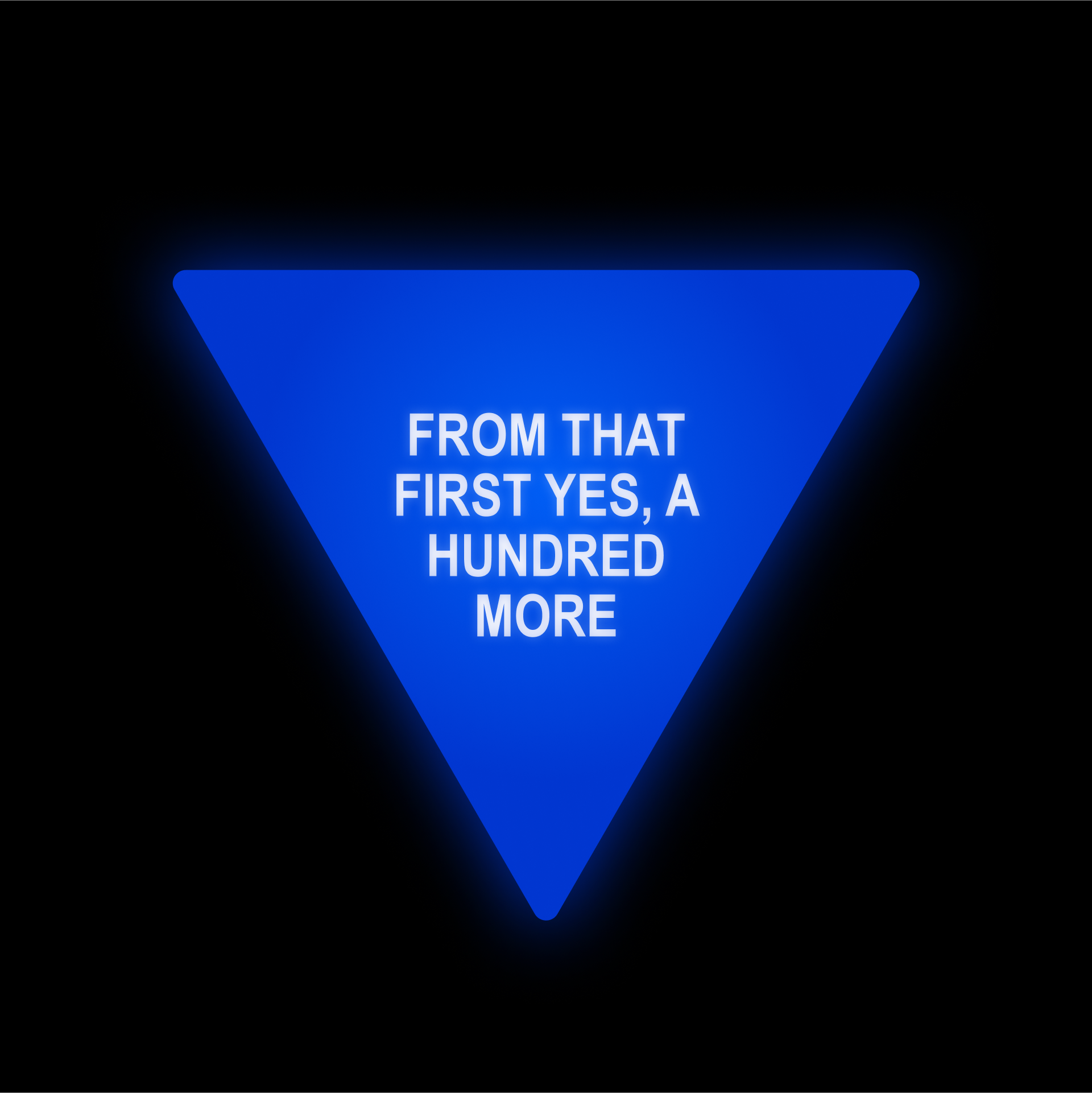
How is the web3 principle of decentralization changing the way art is funded, produced, collected, and displayed?

Media is no longer linear. Legacy outlets fade into noise, and communities have become filters through which all platforms are accessed.

Silicon Valley thought leader Balaji Srinivasan has proposed a revolutionary new form of statecraft, but it’s limited by metaphors of software development.

Digital garments have been heralded as a revolution for sustainability in the fashion industry. But are they mainly just a cash grab for big-name brands?

With startups and foundations exhibiting alongside galleries, Art Dubai Digital proposes another model for the art fair, and myriad possibilities for digital art’s place in culture.

What is the metaverse and where is it headed? Five artists and builders share their perspectives.

Zaha Hadid Architects is building a libertarian metaverse whose vision of the future looks remarkably similar to our current reality.

How are attitudes toward NFTs changing in the art world? Seven professionals share their perspectives.

Arcual is the latest venture to promise that its blockchain technology will transform the art world, but thorny questions remain.

NFT artists have to be constantly alert to the threat of scams and hacks. How can cybersecurity approaches be adjusted to protect the most vulnerable?

Given the importance of privacy to the culture of crypto, pseudonyms abound on the NFT market. But value and identity are still inextricably tied together.

Artistic experiments with blockchain that treat code outputs as living things suggest a radical recalibration of agency, pointing the way toward alternative systems of social organization.

A conference at Oxford brought together experts from art, business, and technology, attempting to define the field of NFTs in broad strokes.

The emergence of crypto art demonstrates what an art world without institutions can look like—even if it’s not the utopia some hoped for.

For activists frustrated with the pace of change in the physical world, NFTs are opening up new ways of thinking about the digital repatriation of looted African artifacts.

Five thoughts on the use of artificial intelligence to accelerate the digital art market

When artists enter the NFT market from the world of museums and galleries, they often pledge big chunks of their proceeds to charity. Why?

Participants at an NFT conference in Kassel had trouble communicating across disciplinary borders.

Pace’s Discord gives eager crypto speculators a taste of the art world's harsh realities: they go to the moon, you stay here on Earth.

How can expertise from time-based media art conservation help appraisers vet NFTs?

Nina is a web3 protocol that aims to change how independent music is sold.

The blockchain promises an immutable record of provenance, but the custodial wallets and shared contracts used by some marketplaces make it difficult to verify authorship, complicating the work of appraisers and historians.

The metadata field of an NFT’s smart contract offers a new way for artists to suture elements of hybrid works.

NFT projects depicting rocks remind us that, like rocks, NFTs could be helpful tools. Or they could be useless.

NFTs could be an improvement on the paper certificates used to authenticate reproducible artworks. But much work needs to be done to realize that potential.

Two new initiatives are exploring the potential of NFTs not only to sell photography but also to build connections between its past and future.

The investment tools of decentralized finance are accelerating speculation’s spread to all aspects of life, irrevocably changing how we see the world and experience time.

The sale of CryptoPunks to Yuga Labs reinforces a troubling notion that stewardship of an NFT project means maximizing profits.

Recent criticism of the Bored Ape Yacht Club asks if alt-right symbolism has infiltrated the NFT market.

Is it possible to develop a curation protocol for web3 that doesn't repeat the errors of Web 2.0 platforms?

PFP NFTs imagine a shared space where only owners of digital property matter.

The NFT market has spawned a new cultural form that has elements of games but not their rules.

The claims made about DAOs echo hype cycles of decades past, without convincingly explaining why financialization is essential.
